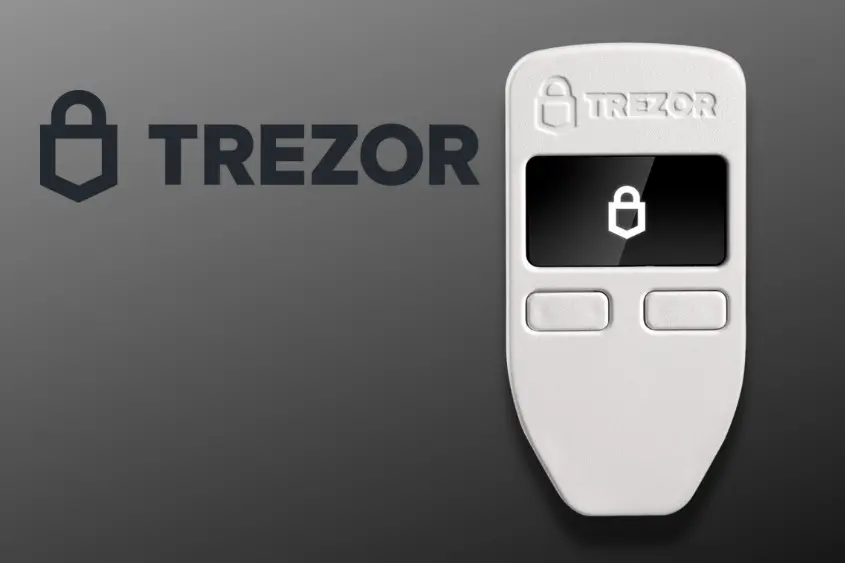Trezor.io/Start – Complete Beginner’s Guide to Setting Up Your Trezor Wallet
Your step-by-step path to secure crypto storage with Trezor hardware wallets.
What Is Trezor.io/Start?
Trezor.io/start is the official onboarding page that guides new Trezor hardware wallet users through setup, security creation, firmware installation, and recovery phrase generation. If you're holding Bitcoin, Ethereum, or any major cryptocurrency, this setup process ensures your funds remain safe from online threats.
Trezor is a hardware wallet, which means your private keys are stored offline. This simple difference places Trezor far ahead in security when compared to software wallets, mobile wallets, and browser extensions. The Trezor.io/start portal makes the entire experience approachable—even if you’re completely new to crypto.
Why Trezor Is Trusted by Millions
The crypto industry has witnessed countless hacks, exchange failures, and phishing attacks. Hardware wallets act as a digital vault. With Trezor:
- Your private keys never leave the device.
- Even if your computer has malware, your crypto stays protected.
- You approve every transaction using physical buttons.
- Firmware updates deliver the latest security upgrades.
How to Set Up Your Wallet Using Trezor.io/Start
Setting up your Trezor is simple. Below is a step-by-step guide that walks you through everything from unboxing to sending your first crypto.
Step 1: Unbox Your Trezor Device
Check for tamper-proof packaging and ensure the safety seal is intact.
Step 2: Visit Trezor.io/Start
This is the only official setup portal. It will guide you through selecting your device model (Trezor Model One or Model T).
Step 3: Install Trezor Suite
Trezor Suite is the desktop application used to manage your crypto, update firmware, and perform secure transactions.
Step 4: Create & Secure Your Recovery Seed
Write your 12–24-word seed phrase on the provided recovery card. Store it offline. Never take photos or upload it online.
Step 5: Add Crypto to Your Wallet
Use the “Receive” tab in Trezor Suite to generate a secure wallet address for Bitcoin, Ethereum, USDT, BNB, or thousands of coins.
Trezor Model Comparison
| Feature | Trezor Model One | Trezor Model T |
|---|---|---|
| Screen | Basic monochrome | Full-color touchscreen |
| Supported Coins | 1,000+ assets | 1,800+ assets |
| Security | High | Very High |
| Use Case | Budget-friendly beginners | Advanced users |
Security Tips for New Trezor Users
To stay safe in crypto, follow these essential tips:
- Never share your recovery seed with anyone—not even support teams.
- Bookmark Trezor.io/start to avoid phishing websites.
- Always confirm transactions on your physical Trezor screen.
- Regularly update Trezor Suite and device firmware.
- Use strong PIN codes and avoid predictable patterns.
Frequently Asked Questions (FAQ)
Is Trezor Safe for Storing Bitcoin?
Yes—Trezor is one of the most secure ways to store Bitcoin, far safer than exchanges or mobile wallets.
What if I Lose My Trezor Device?
You can restore your crypto on a new device using your 12–24 word recovery seed.
Can Trezor Store Ethereum and Tokens?
Absolutely. Trezor supports ETH, ERC-20 tokens, stablecoins, and many popular networks.
Does Trezor Require an Internet Connection?
The device itself stays offline, but Trezor Suite needs internet to broadcast transactions.
Final Thoughts: Why Trezor.io/Start Is the Best Way to Begin
Crypto security begins with taking control of your own keys. Trezor.io/start offers the safest and most reliable onboarding experience for new users entering the world of digital assets. Whether you're storing Bitcoin for the long term or managing a diverse crypto portfolio, Trezor gives you complete ownership and peace of mind.
With rising threats online, using a hardware wallet is no longer optional—it's essential. By following the steps and security tips in this guide, you’re already far ahead of most crypto users. Your digital wealth deserves the strongest protection, and Trezor delivers exactly that.
